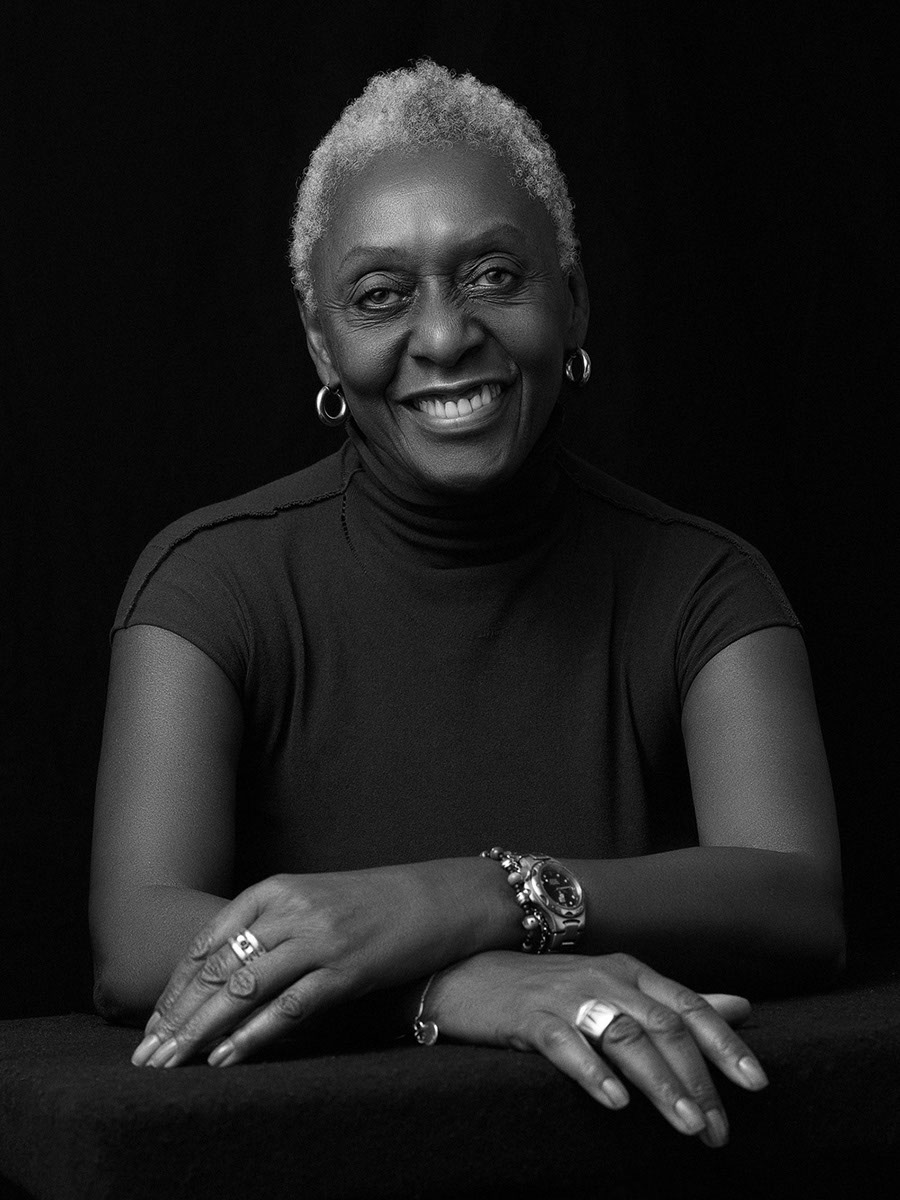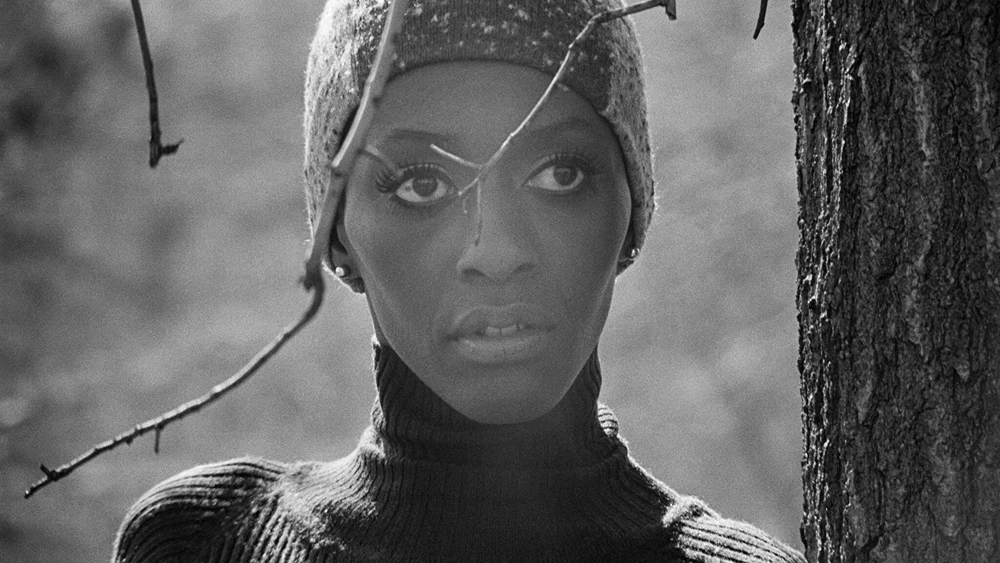Fashion model. Agent. Activist. Mother. Bethann Hardison has done it all and is ready to tell her story. Her new documentary, Invisible Beauty, chronicles her life from her early years, from being part of one of the first classes to integrate her high school in Brooklyn, New York, in the 1960s, to founding the Black Girls’ Coalition, which called for equal model representation, in 1988, and much more.
That pioneering attitude continues throughout her life, whether she’s on the catwalk or supporting those who follow in her stilettos. EBONY talked with the icon about her commitment to the industry and how she still has much more story to tell.

EBONY: This movie covers the personal journey of your life. How did you react when you first saw this all on-screen?
Bethann Hardison: Our director, Frédéric Tcheng, had seven hours of archives. When he got it down to four hours, he chose to show it to me. He was very nervous. But I saw it and, for the first time, became a believer that I had a story and it was worth making a film about it.
You talk about integrating your high school. Was that the catalyst for you to become an activist for equality?
I don’t know, darling, if these things affected me subliminally. People are put on earth to do certain things. I liked my younger years and the freedom that I had.
What do you remember about being in Paris and walking in “The Battle of Versailles Fashion Show?”
Walking the runway in Paris was quite special because we didn’t have runways in New York; we mostly did things in showrooms. So to get to Paris and walk the runway, the length of it, and to have those photographers at the end and flashes going off, there’s nothing like it. I just loved being on the stage.
Why has it been so complicated to use Black models on catwalks over the years consistently?
We had a division between runway models and print models, and they never conflicted with each other. But when Calvin Klein decided to take off the runway model and put the print girls on stage so editors could see the girls in the clothes for the editorial pages, the runway model just slowly ended. It was a lot to get a girl of color to become an editorial girl. But by the mid-1980s, Regis Pagniez, the publication director and founding editor of the U.S. edition of Elle, he loved Black girls and started putting them on covers, which changed the game. That made all the editors have to compete with this magazine, which took off in a flash. So you have Beverly Peele, Tyra Banks and Naomi Campbell; all were a force to be reckoned with. They were the super girls who were given the name supermodel because of their popularity. When those models disappeared after a decade, that became the reason for me to figure out how I was going to turn this around.
By starting your modeling agency?
I believe in my industry. People just fall down a rabbit hole. I know that in my heart they may have been demonstrating racist acts, but I don’t believe that was their intent. The worst thing for me was the ignorance going along with it, so you have to pull their coat and poke them.
Your agency was filled with all references and representation. Why was that so important for you?
I grew up in the garment business and was educated by the garment people. I was given every opportunity to learn; they taught me so much. I worked with designers and everybody; we were all integrated—my world is integrated. For me to start a model agency that came from that, I knew we had to change things. But I had to compete with my white counterparts as well. It was very important for me to be a Black agency owner with Black, Asian and Latin kids, and I had successful white kids, too. I had a good eye so I could bring in good kids, and they would get in because it was the right time. A lot of younger photographers, like Steven Meisel, were coming onto the scene who liked my taste in models. They would call when they needed an Asian girl because they knew I would have one.
We get to hear from many people who have such a strong connection with you, like Iman and Tyson Beckford. But your relationship with your son Kadeem is the most candid, as he talks about pulling away from you at times.
Our relationship is always good. It’s just quiet. He’s someone I really like; we have a good laugh and a good time. So you miss it when he does that; when he doesn’t respond. He’s just going through his own thing. I always know it’s him. But to hear his actual interview in the film was wonderful. As co-director of the film, it was my choice not to be at anyone’s interview; I wanted them to be able to speak. Frédéric said that Kadeem’s interview was almost as long as mine. And I was very happy that Kadeem could say whatever was on his chest. He couldn’t wait to see the film. He saw and loved it and cannot wait to see it again because he likes seeing everything two or three times anyway. And he cannot wait for other people to see it.
You’re also writing your memoir. How hard is it to write a book?
It’s hard. It’s no joke. I was surprised even by the proposal that what I’d written was enough that a few publishing houses wanted it. But at the end of the day, it’s the same way I feel about the film. I was so impressed with the four hours I saw and knew that I had a story. The book and the film were being done simultaneously, and the film started taking precedence. The book fell behind, and I stopped writing back in November. But the publishing house understood. The book is so different than the film. There are different stories to tell, so it’ll be its own journey.
Invisible Beauty is now playing in theaters.




